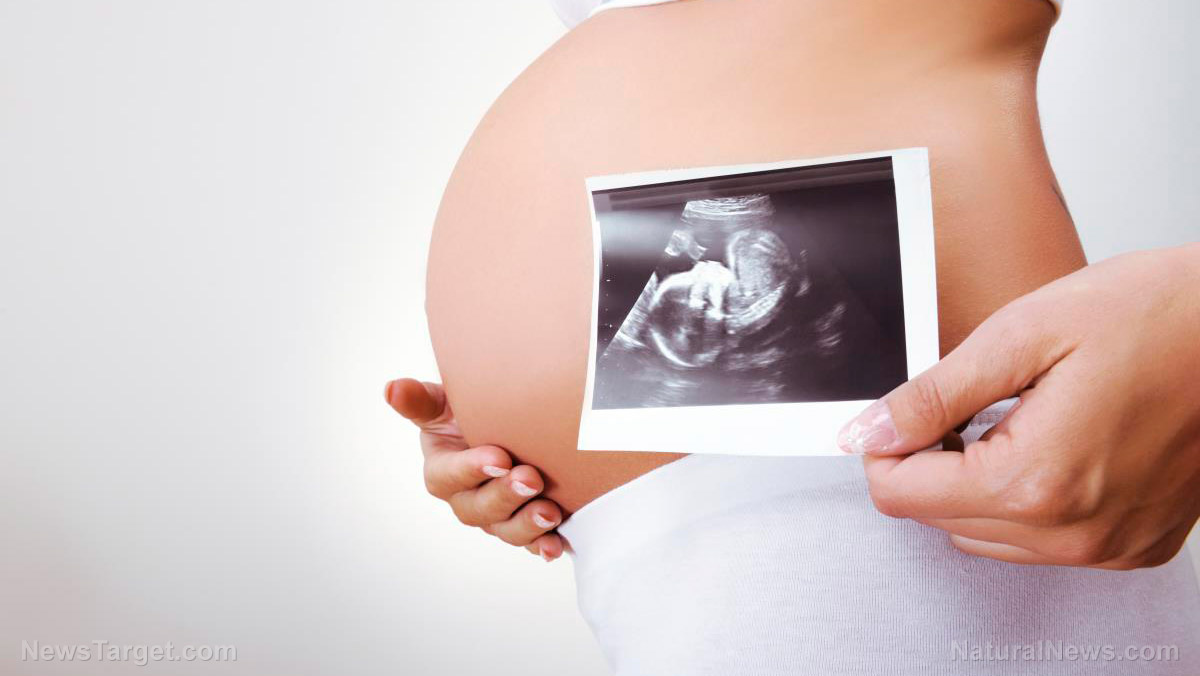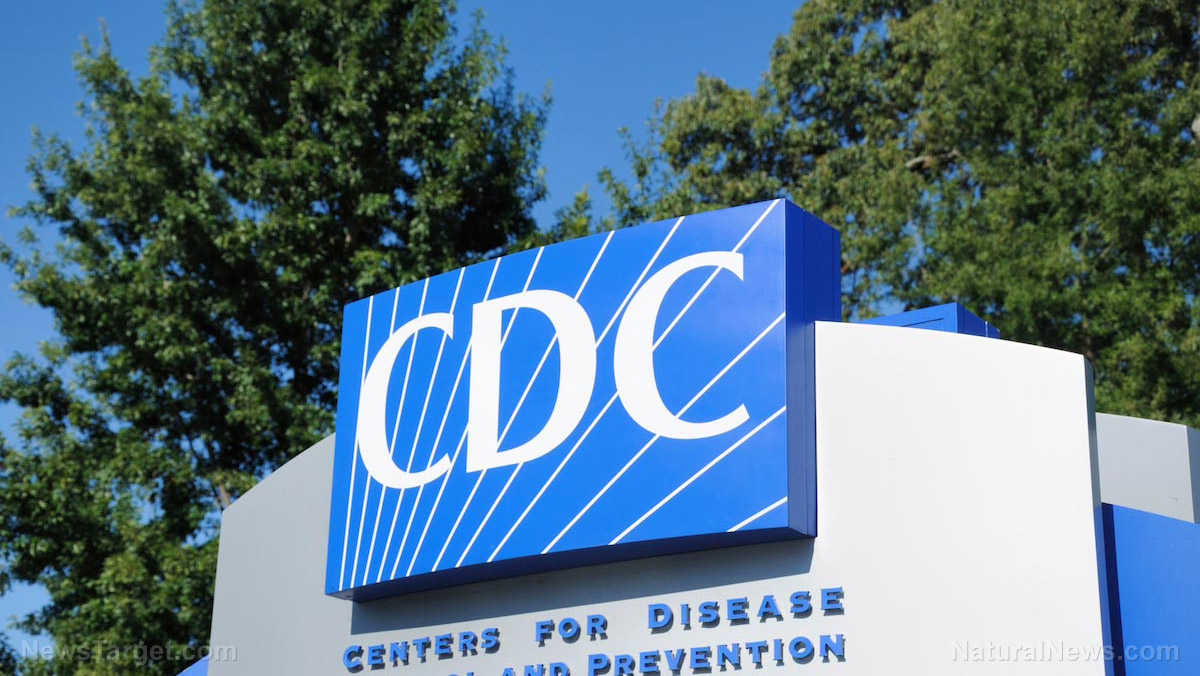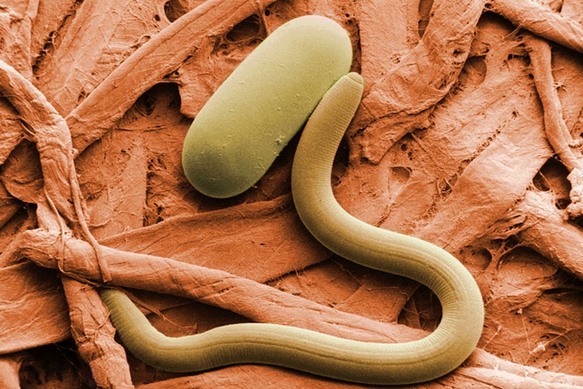Cracking the autism code: How hormones and the placenta shape brain development
05/31/2025 / By Olivia Cook

- ASD affects about 1 in 36 children, with boys diagnosed four times more often than girls. Genetics alone doesn’t fully explain the condition, prompting researchers to explore hormonal and environmental factors during pregnancy.
- Three key hormones – testosterone, thyroid hormones and glucocorticoids (stress hormones) – help shape the fetal brain. Imbalances in these hormones during pregnancy may contribute to autism risk.
- The placenta regulates hormone levels, immune responses and nutrient flow between the mother and baby. Disruptions due to stress, inflammation or environmental toxins can alter fetal development, potentially increasing ASD risk.
- Male brains may be more sensitive to hormonal disruptions and females have an extra X chromosome that could provide genetic protection. The placenta may also function differently in male and female pregnancies, leading to sex-specific vulnerabilities.
- Scientists are investigating placental markers and hormone imbalances as potential early indicators of ASD. Understanding these prenatal influences could lead to earlier diagnosis and new strategies to support healthy brain development.
Autism spectrum disorder (ASD) is one of the most complex and least understood neurodevelopmental conditions, affecting an estimated one in 36 children today. Boys are diagnosed with ASD about four times more often than girls, a striking gender gap that has puzzled researchers for years. While genetics plays a significant role, they don’t tell the full story. A growing body of evidence suggests that hormonal influences in the womb – along with the placenta, the lifeline between mother and baby – may hold critical clues to understanding why some children develop ASD.
For decades, scientists have explored how various factors interact to shape the developing brain. While gene mutations linked to autism have been identified, many children diagnosed with ASD have no known genetic abnormalities. This suggests that other influences, including environmental exposures, hormonal imbalances and immune system disruptions, may contribute to ASD risk.
A study published in The Neuroscientist in September 2020 sheds light on a key player in this process: the placenta. This temporary organ, often overlooked in discussions about brain development, regulates the flow of hormones, immune signals and hormones from mother to baby. Any disruption to this delicate system – whether caused by environmental toxins, maternal health conditions or prenatal stress – could set the stage for neurodevelopmental differences that later manifest as ASD.
During pregnancy, three types of hormones play a crucial role in shaping the fetal brain: gonadal hormones (like testosterone), thyroid hormones and glucocorticoids (stress hormones). These chemical messengers act as “architects,” influencing brain structure and function before birth. If levels are too high or too low, they may increase the likelihood of ASD.
The “extreme male brain” hypothesis
One of the most well-known theories linking hormones to autism is the “extreme male brain” hypothesis. Researchers have found that individuals with ASD often display cognitive traits that lean toward systemizing – an intense focus on patterns, rules and structures – rather than empathizing, the ability to interpret emotions and social cues. This pattern is more common in males and may be influenced by prenatal testosterone exposure.
Studies measuring hormone levels in amniotic fluid have shown that children who develop ASD tend to be exposed to higher-than-average levels of testosterone in the womb. The ratio of the second and fourth fingers (2D:4D ratio), a known marker of prenatal androgen exposure, is often lower in individuals with ASD. Additionally, women with polycystic ovary syndrome (PCOS), a condition linked to higher testosterone levels, are more likely to have children with autism. These findings suggest that elevated prenatal testosterone could contribute to the male bias seen in ASD.
Thyroid hormones and brain development
Thyroid hormones are essential for fetal brain growth, guiding everything from neuron formation to synapse development. Both too much and too little thyroid hormone during pregnancy have been linked to an increased risk of ASD. Maternal thyroid disorders, including hypothyroidism, can alter the amount of thyroid hormone that crosses the placenta, potentially affecting the baby’s neurological development.
The placenta plays a gatekeeping role in this process. It controls the amount of thyroid hormone that reaches the fetus, ensuring a delicate balance. If placental function is impaired – due to environmental toxins, inflammation or stress – it could disrupt thyroid hormone regulation and contribute to the risk of neurodevelopmental disorders.
Glucocorticoids: The stress factor
Glucocorticoids, commonly known as stress hormones, are another critical factor in fetal brain development. While necessary for survival, excess exposure to stress hormones in utero can alter neural connectivity and increase the likelihood of neurodevelopmental conditions, including ASD.
The placenta normally limits fetal exposure to maternal stress hormones, ensuring that the developing brain is not overwhelmed. However, this protective barrier may weaken due to chronic stress, illness or inflammation. Some studies suggest that prenatal stress could trigger inflammatory responses in the placenta, further disrupting hormone levels and increasing autism susceptibility.
Why are boys more affected?
One of the biggest mysteries in autism research is why males are diagnosed more frequently than females. While hormone exposure in the womb offers part of the explanation, other factors may also be at play.
Females have two X chromosomes, which may provide a protective genetic buffer against mutations linked to ASD. Additionally, some researchers believe the female brain is more resilient to developmental disruptions – perhaps due to differences in hormone sensitivity or immune function. The placenta itself may also respond differently in male and female pregnancies, leading to sex-specific vulnerabilities.
Multiple risk factors
Instead of focusing on one single cause of autism, researchers are beginning to recognize that multiple risk factors – genetics, environmental exposures, hormones and stress – converge at the level of the placenta. This temporary organ acts as a central hub, regulating hormone levels, immune responses and nutrient transfer between mother and baby.
When placental function is disrupted, it can alter fetal brain development in profound ways. Studies have found that microscopic abnormalities in placental structure are more common in pregnancies where the child is later diagnosed with ASD. This suggests that placental health could be a key indicator of autism risk long before symptoms appear.
Watch this video about hormones, health and harmony.
This video is from the Jeybee Enterprise channel on Brighteon.com.
More related stories:
Understanding AUTISM: A comprehensive look at its causes and impact, according to science.
Gut-brain connection in individuals with autism CONFIRMED by scientific data.
Gut bacteria can influence your mood, thoughts, behavior and brain.
Sources include:
Submit a correction >>
Tagged Under:
autism research, Autism spectrum disorder, brain development, extreme male brain hypothesis, genetics, glucocorticoids, hormonal imbalances, hormones, immune system disruption, PCOS, placenta, pregnancy hormones, testerones, thyroid hormone
This article may contain statements that reflect the opinion of the author





















